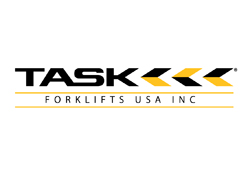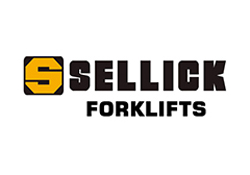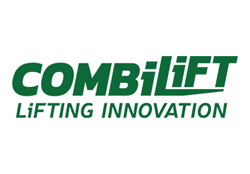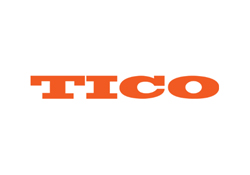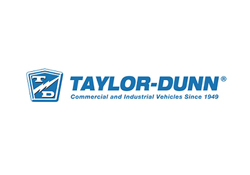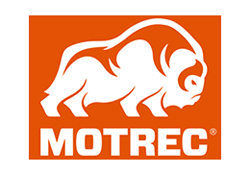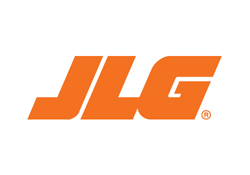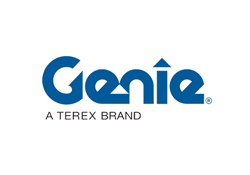Ultimate Showdown of the Best Electric Forklifts in 2023
As the logistics and warehousing sectors continue to evolve, the demand for efficient and sustainable material handling solutions has never been higher. A recent report from the Material Handling Industry of America (MHIA) indicates that the electric forklift market is projected to grow significantly, with an expected annual growth rate of 4.5% through 2026. This growth is propelled by the increasing focus on reducing carbon footprints and the rising operational efficiency associated with electric forklifts compared to their internal combustion counterparts. With advancements in battery technology and the push for greener practices, electric forklifts are becoming the preferred choice for many companies. In our ultimate showdown of the best electric forklifts in 2023, we will explore the latest innovations, features, and benefits of these machines, providing you with the insights needed to make informed decisions for your material handling needs.
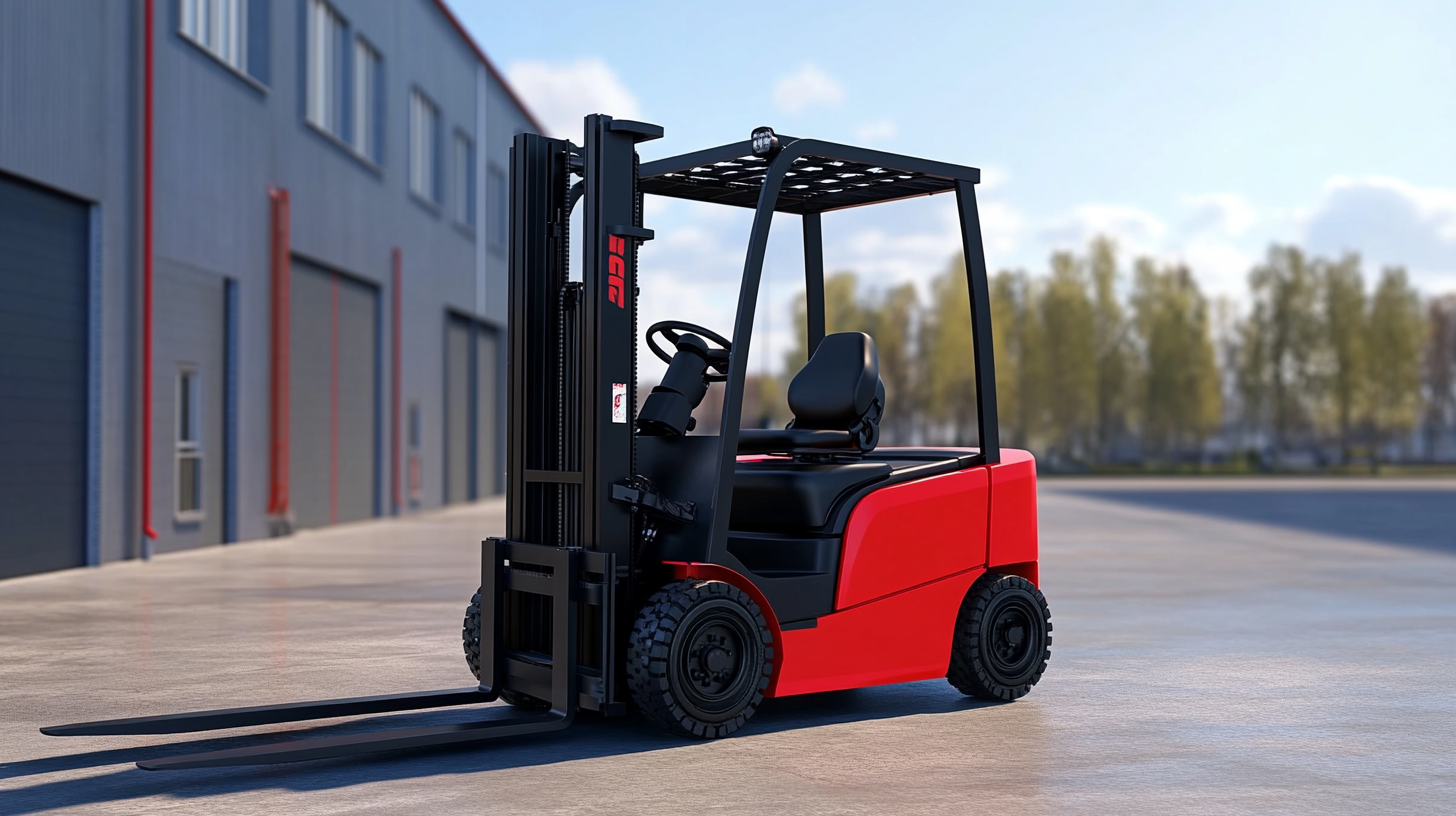
Top Electric Forklift Brands Dominating the Market in 2023
The electric forklift market is experiencing significant growth in 2023, characterized by a surge in adoption across various sectors. With the global forklift truck market valued at approximately $46.1 billion, it is forecasted to reach nearly $89.8 billion by 2033, achieving a compound annual growth rate (CAGR) of 7.1%. This momentum highlights the increasing reliance on electric forklifts for efficient material handling solutions. Companies are increasingly prioritizing sustainability and operational efficiency, making electric models an attractive choice.
Leading brands continue to dominate the electric forklift landscape, capturing substantial market shares. Reports indicate that the top three brands hold significant portions of the market, reflecting their influence and reliability in the industry. As the market evolves, innovation and advancements in technology are pivotal, with new electric forklift models providing enhanced performance, lower operational costs, and reduced environmental impact. This competitive environment positions electric forklifts as the preferred option for modern warehouses and distribution centers globally, setting the stage for a robust future in the material handling equipment sector.
Key Features to Look for in Electric Forklifts This Year
In 2023, the electric forklift market is flourishing, driven by advancements in technology and a growing focus on sustainability. When choosing an electric forklift, it’s essential to consider several key features that ensure optimal performance and efficiency.
Battery life, for instance, plays a critical role in enhancing productivity—look for models with long-lasting batteries that require minimal downtime for charging.
Another vital aspect to consider is the lifting capacity. Depending on your operations, select a forklift that can handle the required weight while maintaining stability and safety. Additionally, ergonomic design is increasingly important; features such as adjustable seats and intuitive controls can reduce operator fatigue and improve workplace safety.
Tips: Always assess the total cost of ownership when comparing electric forklifts, factoring in maintenance and energy costs. Also, consider the availability of support services and replacement parts in your region, as these can significantly affect the efficiency of your operations over time. Lastly, check reviews and performance ratings to ensure you choose a reliable machine tailored to your specific needs.

Comparative Analysis of Performance: Chinese vs. Global Electric Forklifts
In the competitive landscape of electric forklifts in 2023, a comparative analysis reveals striking differences between Chinese and global manufacturers. The global forklift battery market, valued at approximately USD 125.39 billion in 2023, is projected to reach around USD 256.99 billion by 2032, highlighting a significant growth trajectory. This expansion not only emphasizes the increasing demand for electric forklifts but also underscores the importance of battery technology as a critical performance factor.
Focusing on the SWOT analysis of a leading player in this sector, it's evident that strengths lie in innovative battery technologies and robust supply chains. However, weaknesses may include dependency on international markets and fluctuating material costs. Opportunities abound, particularly in emerging markets where demand for sustainable and efficient material handling solutions is rising. Conversely, threats such as intensified competition and regulatory challenges could impact market share and profitability. Despite these challenges, the ongoing evolution within the electric forklift segment positions both Chinese and global manufacturers to adapt and thrive in an ever-changing marketplace.

Environmental Impact: The Role of Electric Forklifts in Sustainable Logistics
The role of electric forklifts in sustainable logistics has never been more critical as industries worldwide strive to reduce their carbon footprints. With the global forklift market forecasted to reach a staggering USD 154.99 billion by 2030, the shift towards electric models is gaining momentum. In fact, many companies are actively exploring ways to cut emissions, recognizing that taking action in warehousing and distribution can significantly contribute to environmental goals.
Recent innovations highlight the industry's commitment to sustainability. For instance, electric counterbalance forklifts powered by advanced lithium-ion batteries address the challenges of performance while minimizing environmental impact. Additionally, logistics companies are increasingly integrating eco-friendly practices into their operations, as seen with firms dedicated to aligning with environmental, social, and governance (ESG) principles. The need for greener supply chains is evident, as organizations are encouraged to adopt best practices in logistics sustainability to meet growing regulatory and consumer expectations.
As businesses prioritize sustainable logistics, electric forklifts are at the forefront of this transformation, offering companies an effective solution to reduce emissions and enhance operational efficiency.
Ultimate Showdown of the Best Electric Forklifts in 2023
This chart illustrates the estimated CO2 emissions reduction achieved by various electric forklift models in 2023. By adopting these electric solutions, businesses can contribute to more sustainable logistics practices and reduce their environmental impact.
User Reviews: What Customers Are Saying About 2023's Best Electric Forklifts
In 2023, electric forklifts have made significant strides in transforming material handling, with customers expressing high satisfaction in user reviews.
The latest reports highlight that electric forklifts not only deliver zero-emission designs but also offer lower maintenance costs. Many customers have praised the efficiency and advanced technology embedded in these machines, noting how they enhance productivity in various warehouse settings. Industry data shows that the demand for electric forklifts has increased steadily, attributing this growth to their eco-friendliness and cost-effectiveness.
Furthermore, the innovation in the electric forklift market is reflected in a recent overview of the top OEMs. Users have shared their positive experiences regarding the seamless operation and reliability of these electric models, particularly in urban environments where their silent performance is particularly valued.
As businesses are increasingly focused on sustainability, the investment in electric forklifts appears to be a wise choice, providing companies with both financial and environmental benefits while meeting the rigorous demands of modern logistics.
